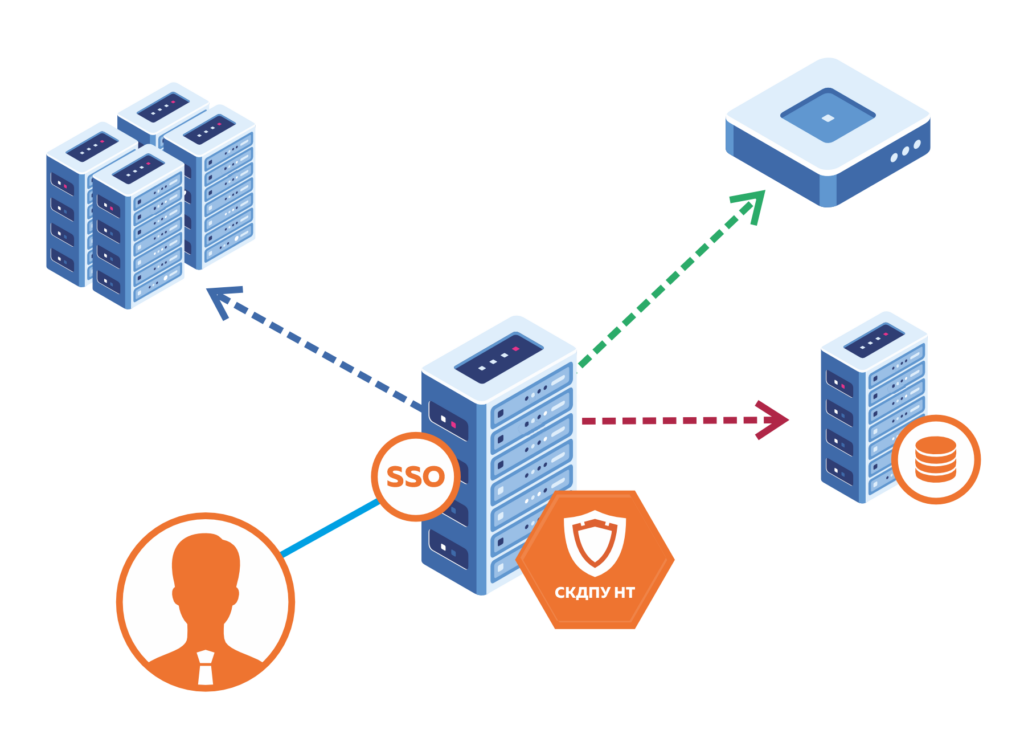AI-driven tools in HR are transforming how businesses hire, manage, and engage talent. But as AI becomes more embedded in daily HR functions—like recruitment, performance tracking, and workforce analytics—it raises questions about transparency, fairness, and privacy. For employees to fully embrace these tools, trust is essential.
Building this trust isn’t just about advanced technology—it’s about how organizations communicate, educate, and involve their workforce in the AI journey. When employees understand how AI works and how decisions are made, they feel more secure and empowered in a tech-enhanced workplace.
Promote Transparency in AI Algorithms
One major trust barrier is the “black box” nature of AI. When employees don’t understand how AI makes decisions—whether in hiring or appraisals—they may feel that outcomes are biased or arbitrary.
Organizations can build trust by being open about how AI systems are designed, what data is used, and what criteria are applied. Transparency breeds confidence, especially when employees are assured that AI decisions are explainable and accountable.
Involve Employees in the Implementation Process
Including employees in the selection or testing of AI tools makes them feel heard and valued. When people feel involved in tech changes, resistance is reduced, and ownership increases.
HR teams should gather feedback through workshops, surveys, or pilots before launching AI tools company-wide. This collaborative approach allows employees to express concerns early and see that their input matters.
Ensure Fairness and Bias Mitigation
AI systems can unintentionally reinforce biases present in historical data. If employees notice unfair treatment, trust in HR tech can quickly erode.
To prevent this, companies must regularly audit AI systems for bias and involve diverse teams in tool development and testing. This reinforces a message that fairness and inclusivity are at the core of HR decision-making.
Emphasize Data Privacy and Security
Employees care deeply about how their data is used. AI systems collect vast amounts of sensitive information—from productivity to emotional health indicators.
Companies must communicate data usage policies, encryption protocols, and employee rights regarding their information. Trust grows when employees know their data is secure and handled ethically.
Offer Training and Education on AI Tools
For many employees, AI remains unfamiliar or intimidating. A lack of understanding can fuel skepticism or fear of job displacement.
Organizations should invest in user-friendly training that demystifies AI and highlights its supportive role in HR. When employees are educated on how to work alongside AI, they are more likely to see it as a helpful partner, not a threat.
Establish Clear Accountability and Human Oversight
Trust in AI increases when employees know humans are still in control. Critical HR decisions—such as promotions or disciplinary actions—should never be left to algorithms alone.
Ensure that there is always a human review layer, and clearly outline who is accountable for AI-supported decisions. This blend of automation and human judgment enhances credibility.
Showcase Positive Outcomes and Success Stories
Sharing real success stories—like fairer recruitment outcomes or faster conflict resolution—can change employee perceptions of AI from skeptical to supportive.
Use internal newsletters, meetings, or intranet portals to highlight how AI has improved employee experiences. Tangible proof of value builds belief in the system over time.
Create Feedback Channels for AI Tools
Let employees regularly share their experiences with AI-powered HR systems. Feedback loops show that their voices matter and help identify areas of improvement.
Whether it’s a suggestion box, anonymous forms, or monthly Q&As, open communication ensures continuous improvement—and continued trust.
Align AI Tools with Company Values and Ethics
Employees trust tech more when it reflects the company’s ethical standards. Ensure your AI use aligns with core values like fairness, respect, and transparency.
Conduct regular evaluations to ensure AI doesn’t drift away from these principles. When ethics lead the way, trust naturally follows.
Appoint an AI Ethics Officer or Team
Having a dedicated individual or group to oversee AI governance sends a powerful message. It shows the company is serious about responsible tech usage.
This team can serve as a bridge between employees, leadership, and technology vendors—ensuring continuous alignment, accountability, and trustworthiness in all AI applications.
Conclusion
Trust in AI-powered HR tools doesn’t develop overnight—it’s a process rooted in transparency, fairness, involvement, and education. Companies that proactively address concerns, communicate openly, and keep ethics front and center are far more likely to gain employee confidence. In the end, the real power of AI in HR lies not just in algorithms, but in how well they serve the humans they’re designed to support.
FAQs
What are AI-powered HR tools?
AI-powered HR tools utilize artificial intelligence to automate and enhance HR functions, including recruitment, performance analysis, and workforce planning.
Why is employee trust important in AI tools?
Without trust, employees may resist using AI tools or fear unfair treatment. Trust ensures better adoption and effective results.
How can companies ensure AI fairness in HR?
By utilizing diverse data sets, conducting thorough audits, and engaging human reviewers, companies can minimize bias and ensure fair outcomes.
What training should be provided for AI tools?
Training should focus on how the tool works, its purpose, how to use it responsibly, and how it complements human roles.
Can AI in HR replace human decision-making?
No. AI should support—not replace—human judgment, especially in critical areas like promotions, conflict resolution, or employee well-being.
